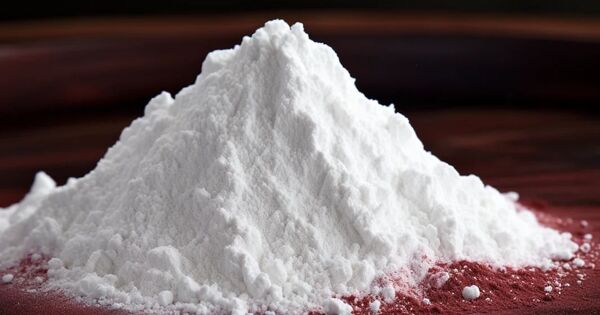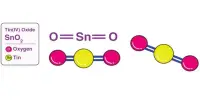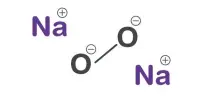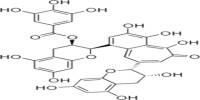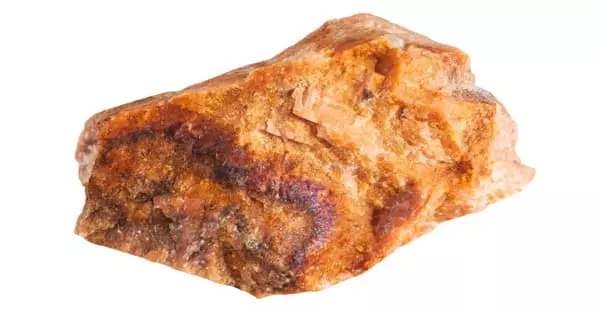Lanthanum(III) oxide, often known as lanthana, has the chemical formula La2O3. It is an inorganic compound comprising the rare earth element lanthanum and oxygen. It is utilized in ferroelectric materials, optical materials, and as a feedstock for specific catalysts, among other applications.
Lanthanum oxide is made up of lanthanum (La) and oxygen (O) atoms in a 2:3 ratio. It is a white solid at room temperature and insoluble in water. It is a versatile compound with important uses in electronics, catalysis, optics, and ceramics, utilizing lanthanum’s distinctive features within the larger framework of rare earth elements.
Properties
Lanthanum oxide is a white solid that is insoluble in water, but dissolves in acidic solutions. La2O3 absorbs moisture from air, converts to lanthanum hydroxide. Lanthanum oxide has p-type semiconducting properties and a band gap of approximately 5.8 eV. Its average room temperature resistivity is 10 kΩ·cm, which decreases with an increase in temperature. La2O3 has the lowest lattice energy of the rare earth oxides, with very high dielectric constant, ε = 27.
- Chemical formula: La2O3
- Molar mass: 325.808 g·mol−1
- Appearance: White powder, hygroscopic
- Density: 6.51 g/cm3, solid
- Melting point: 2,315 °C (4,199 °F; 2,588 K)
- Boiling point: 4,200 °C (7,590 °F; 4,470 K)
- Solubility in water: Insoluble
- Band gap: 4.3 eV
- Crystal structure: Hexagonal, hP5
Reactions
Lanthanum oxide is used as an additive to develop certain ferroelectric materials, such as La-doped bismuth titanate (Bi4Ti3O12 – BLT). Lanthanum oxide is used in optical materials; often the optical glasses are doped with La2O3 to improve the glass’ refractive index, chemical durability, and mechanical strength.
3 B2O3 + La2O3 → 2 La(BO2)3
The addition of the La2O3 to the glass melt leads to a higher glass transition temperature from 658 °C to 679 °C. The addition also leads to a higher density, microhardness, and refractive index of the glass.
Potential applications
Lanthanum oxide is best used as a precursor for other lanthanum compounds. In contrast to several of the other lanthanides, neither the oxide nor any of the derived materials have any commercial value. Many studies indicate efforts to develop practical applications for La2O3, as described below.
La2O3 produces glasses with high density, refractive index, and hardness. La2O3, when combined with tungsten, tantalum, and thorium oxides, increases the glass’s resistance to alkaline attack. La2O3 is a component of certain piezoelectric and thermoelectric materials.
La2O3 was investigated for the oxidative coupling of methane.
